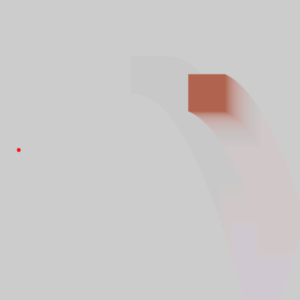Response to Long Live the Web
The Web has only existed in this world for a few decades, but it is quite hard to fully understand how important its role has been in everyday life. Not only for generations who grew up with the Web but also for older generations who later get accustomed to the widely use of Web, people are already living in a world taking the Web as granted. What’s more, people build their lives based on the Web. That’s why we can have the title “Long Live the Web”—the Web is the the King—while in this article, it turns out there is more than the developing history of the Web that people should know and be concerned with.
In the article, Tim Berners-Lee demonstrated “We create the Web, …this process is completely under our control”. However, there are more responsibilities to protect and defend the right use of the Web, as Tim Berners-Lee said, “It is by no means finished”. To help having a macro-understanding of the situation, the author introduced the principle of universality, which promises every user the right to universally use and share information through the Web. This is also the basic user right that every Web-user should have. Beyond this principle, users are also able to create applications without any permission or having to pay. With such huge efforts, the Web can finally be in great use and connect the world.
Living now in a world where the Web is deeply attached in every aspects of life, safety in cyber world is of more and more concern, not only in illegal use but also in dark and complex political use. Therefore, Tim Berners-Lee reflects back on what much people have been through over the development of the Web and finally points back the core of importance: “The goal of the Web is to serve humanity”. This is something we shouldn’t neglect.
Response to A Network of Fragments
The author of this article creatively shows us that what we are missing& what we can’t live without can actually be related in a close way.
“There is something profoundly comforting about the small signifiers, about all of the things that are just out of the corner of your eye, doing their thing, apart from you but maybe connected to you via an imaginary diaphanous traceroute”. It is aesthetic to picture these small signifiers, they are the connections of two layers of one world and it is forgotten for a long time that there is always a view of the world that people hardly see, imagine or even understand. But they are there, those fragments, they are doing their jobs assigned by people who know better about their world and the fragments mark the complexity in their beautiful way.
Isn’t it interesting to think reversely that the whole world is just made up in the forms of fragments. What are the fragments of the layer of world within sight? ““It’s my hope that these … souvenirs … will someday merge, blur—cohere is the word, maybe—into something meaningful.”
